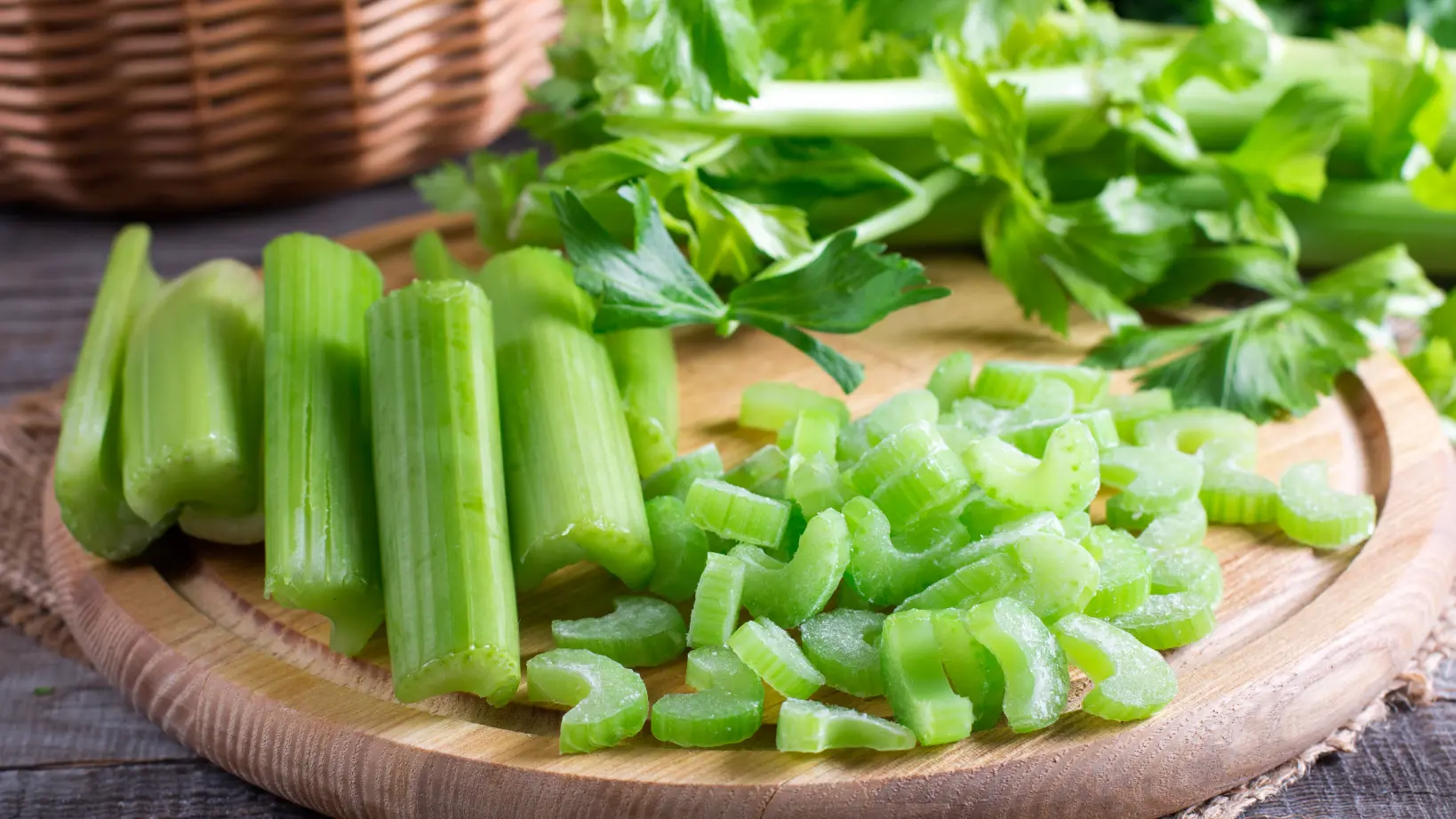This article is part of our Complete Guide to the 14 Allergens You Must Declare in Catering & Hospitality. Together, these guides help catering and hospitality teams understand, identify and manage every major allergen safely and confidently.
Celery is one of the 14 allergens that must be declared by food businesses under UK law. Yet it’s also one of the most frequently overlooked. In busy kitchens, it often hides in seasoning mixes or ready-made sauces, quietly creating risk.
Why celery causes allergic reactions
Celery allergy can cause a range of symptoms, from mild tingling around the mouth to severe anaphylaxis. Cooking doesn’t always make it safer, as heat doesn’t destroy the proteins that cause allergic reactions.
People with this allergy may react to:
- Fresh celery stalks
- Celery root (celeriac)
- Celery seeds or celery salt
- Seasonings and spice mixes containing celery
Even trace amounts can be enough to cause a problem.
Common hiding places
Celery is a flavour enhancer, which is why it shows up in so many savoury foods. It’s easy to miss unless you know what to look for.
Soups and stocks
Celery is a classic ingredient in soups, broths and stews. Many pre-made stock cubes and bouillon powders also contain celery powder.
Spice blends and seasonings
You’ll often find celery listed under generic terms like “herbs and spices”. Curry pastes, marinades and dry rubs may include celery extract.
Ready meals and prepared foods
It can appear in packaged gravies, sauces and ready meals. Even deli-style salads such as coleslaw or potato salad sometimes contain celery.
Meat products
Celery salt is a common ingredient in sausages, frankfurters and cured meats. Some pâtés and processed meats include celery extract for flavour.
Salad dressings and condiments
Celery or celery seed is sometimes used in vinaigrettes, creamy dressings and pickled products.
Labelling and communication
Under UK law, celery must always be highlighted in ingredient lists on prepacked foods. This applies to:
- Prepacked for direct sale (PPDS) items covered by Natasha’s Law
- Prepacked foods such as dressings, sauces and ready meals
- Non-prepacked foods when allergen information is provided verbally or in writing
Always check the ingredient labels of spice mixes, stock powders and condiments. Don’t rely on assumptions, and never guess when a customer asks whether a dish contains celery.
Reducing cross-contact in the kitchen
Even if a dish doesn’t include celery, it can easily become contaminated through shared surfaces or utensils. Good kitchen habits protect your customers and your reputation.
- Use separate chopping boards and utensils for celery
- Clean down preparation areas thoroughly after use
- Store celery and celery-based ingredients in sealed, labelled containers
- Train staff to recognise celery and understand its risks
Every member of the team should know what to do, from storage through to service.
Supporting allergic customers
If a customer mentions they’re allergic to celery:
- Check the ingredients carefully and confirm with the chef if needed
- Don’t serve the dish unless you’re completely sure it’s celery-free
- Keep a record of the conversation in case you need to refer back
If a customer shows signs of a reaction, act immediately.
Call 999, use their adrenaline auto-injector if available, and stay with them until help arrives.
You can read our full guide here: What To Do If a Customer Has an Allergic Reaction.
Building confidence through training
Celery might be a small ingredient, but it represents a big responsibility. Consistent staff training keeps everyone alert to the hidden risks in everyday ingredients.
Take the Food Allergen Awareness Course for Catering & Hospitality.
It’s CPD-certified, practical, and designed specifically for cafés, pubs, restaurants and hotels. Team bundles start from just £3 per learner.
Key takeaways
- Celery is one of the 14 allergens that must be declared under UK law
- It often hides in soups, sauces, spice blends and cured meats
- Good communication, labelling and hygiene help prevent incidents
- Regular allergen training builds safer, more confident teams
Learn more about managing all 14 allergens in our Complete Guide to the 14 Allergens.
FoodComplianceHQ – helping the food sector serve with confidence.




